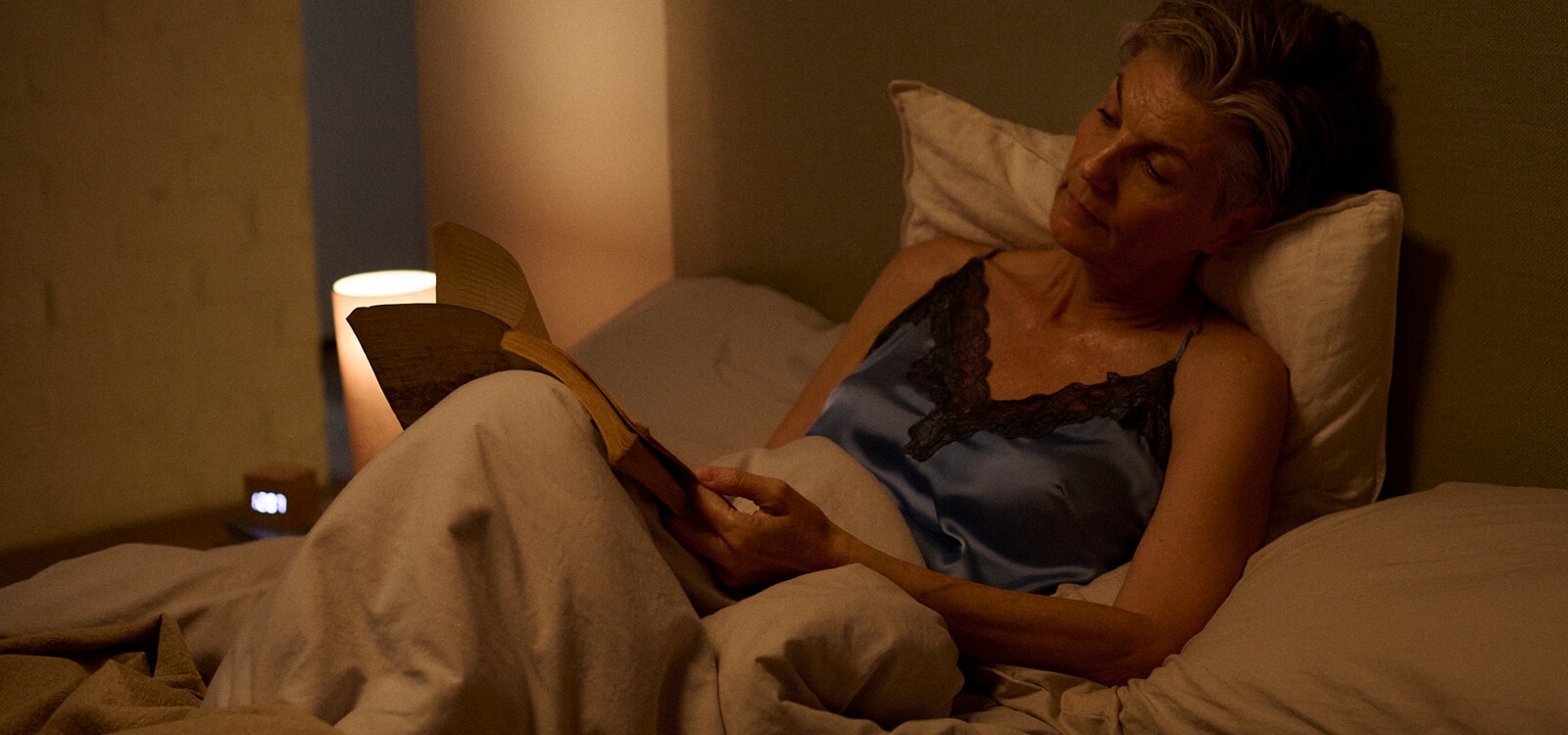is a life stage that every woman goes through, it is most commonly associated with the changes to our body, our periods and fertility. It's a well-known part of female life, but did you know that it’s actually made up of two different stages? These are perimenopause, which occurs several years ahead of menopause, and menopause itself.
In this guide we’ll take a deeper look into these two stages and the signs, symptoms and changes to look out for, plus we’ll also take a look at pre- and post-menopause, and what you can expect for each of these too.
What is perimenopause?
Perimenopause is often confused with pre-menopause, which refers to the time of your life when you are fertile and having periods – whether regular or irregular.
Perimenopause means “around menopause” and refers to the time when your ovaries gradually begin to make less oestrogen. Perimenopause usually begins several years before , and people start to experience it at different ages. You may notice signs and symptoms of perimenopause sometime in your 40s, or you may notice them in your 30s or even earlier.
Perimenopause signs and symptoms
Here are some of the changes you might experience:
- Irregular periods
- Worse premenstrual syndrome
- Weight gain
- Hot flushes
- Mood changes
- Breast tenderness
- Tiredness
- Trouble sleeping
- Headaches
- Lower sex drive
- Urinary tract infections (UTIs)
- Fertility issues
- Vaginal dryness and/or discomfort during sex
- Urine leakage when coughing or sneezing
- Urinary urgency
What is the menopause?
is when your body stops producing as much oestrogen, and no longer releases an egg each month. This means that you stop having periods. You won’t know that you’ve officially gone through the menopause until you’ve gone a whole year without having a period.
Menopause usually occurs between the ages of 45 and 55, but is more common in the early 50s.
Menopause signs and symptoms
During the time that you stop having periods, you can expect to experience many of the same symptoms as during the perimenopause stage. Some of the most common signs and symptoms of include:
- Hot flushes
- Night sweats
- Difficulty sleeping
- Lower sex drive
- Problems with memory and concentration
- Vaginal dryness and/or discomfort during sex
- Headaches
- Mood changes
- Heart palpitations
- Joint stiffness
- Reduced muscle mass
- Recurring urinary tract infections
- Frequent urination
Whilst many of these may be best dealt with by lifestyle changes or speaking to your GP, we can certainly help when it comes to frequent urination, which is a symptom of urinary . Our range of products and support articles are here to help you during this time.
What can happen post-menopause?
Post-menopause begins when it’s been a full year since your last period. By this stage, most symptoms of will hopefully have eased, and you may notice an increase in energy.
As a result of certain factors, including a lower level of oestrogen, there is a chance you may experience an increased risk for certain health conditions, including osteoporosis, heart disease, and changes in the vagina and bladder. Keeping healthy and active positively impact the chances some of these conditions occurring, but every woman is different, so speak to your doctor to learn what you can do to keep on top of things.
If you have any concerns during any stages of the menopause, visit your GP for advice. They may be able to offer you hormone replacement therapy (HRT) medication, other medicines, or tips on how to alter your lifestyle to form new habits that will help as you go through menopause. For more information, check out our menopause support page.










